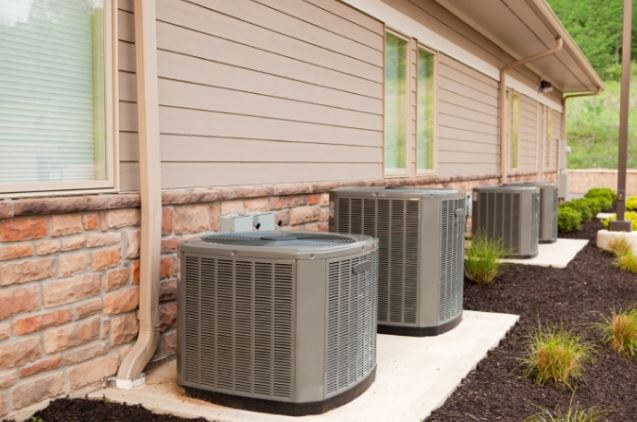College of Liberal Arts & Sciences
Professor Therm: How to reduce cooling energy costs

The cooling season will upon us shortly. Are you ready for the higher energy bills? According to the Department of Energy, homeowners spend $29 billion annually to power their air conditioners!
Professor Therm has some tips to reduce your cooling energy costs this summer.
1. Close all window shades and curtains during the day.
2. Make sure you only have the lights on that you NEED on. Each light that is on is a little heater adding to your AC load!
3. Unplug “vampire” loads. Just like light bulbs, each vampire load acts like a little heater adding to your AC load.
4. Use only LED light bulbs.
5. Limit the use of heat-producing appliances especially the oven. Grill more outside!
6. Turn the ceiling fans on in the room you are in. Have them run so the air blows down to the floor.
7. Make sure all your windows and doors are shut tight.
8. Do not run the dry cycle on your dishwasher – let your dishes air dry.
9. Use bathroom and kitchen vent fans to remove heat and moisture but remember to shut them off once the heat and moisture has been removed!
10. Turn the thermostat up to at least 80 degrees F during the day when no one is around. The place doesn’t need to be nice and comfortable when no one is at home.
Professor Therms says “get radical!” Try shutting your AC system off during the day or any time your place is unoccupied. Let the place heat up. Sure it’ll be a little warm when you get home but it’ll cool off once you turn the AC system on. Contrary to popular belief, you will ALWAYS reduce your energy bill by keeping the AC system off during the day (or at least raising the thermostat temperature) rather than keeping your place cool when you’re gone. When you turn your AC system on when the house is warm, it “seems” like the AC runs an extra-long time so you think it is consuming more energy. However, in reality, the AC will run less overall than if you kept the place cool! Give it a try!
2020 Vision Goal: Net-Negative Energy Growth Goal Progress Energy Term of The Month! “E Number (as in ethanol/gasoline)”: The number that follows the “E-“ on gas pumps represents the percentage of ethanol that makes up the ethanol/gasoline blend. For example, an ethanol blends designated as “E-10”, means that the blends is 10% ethanol and 90% gasoline. Click HERE for additional information.